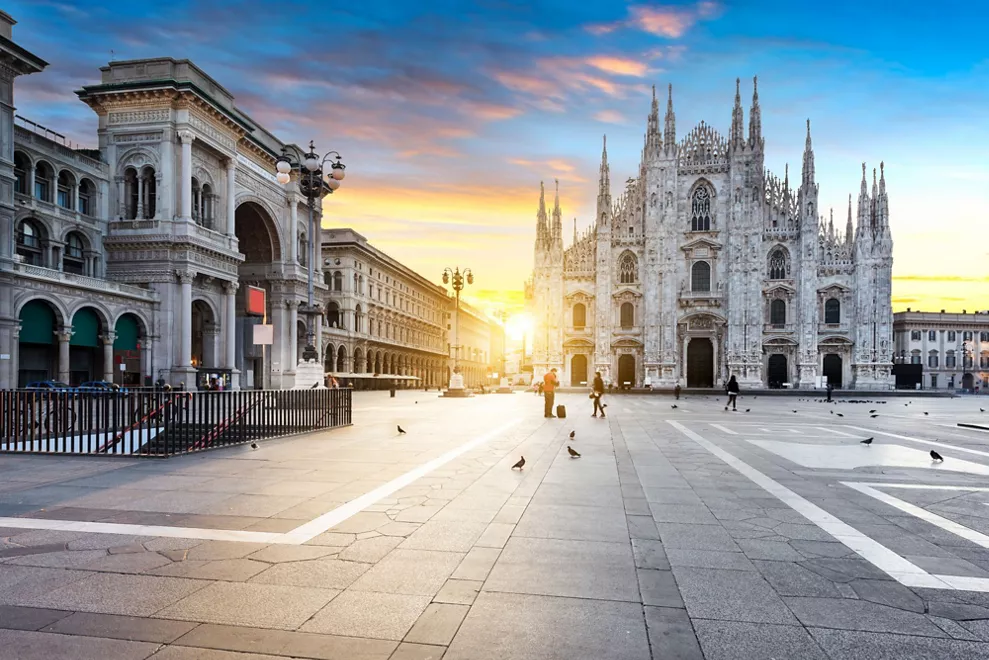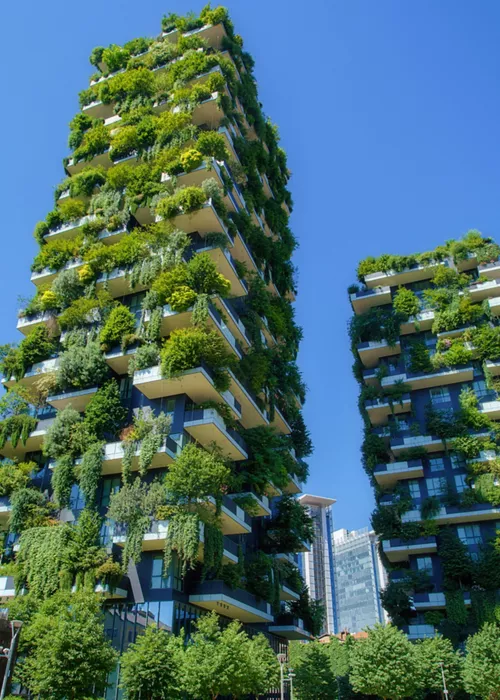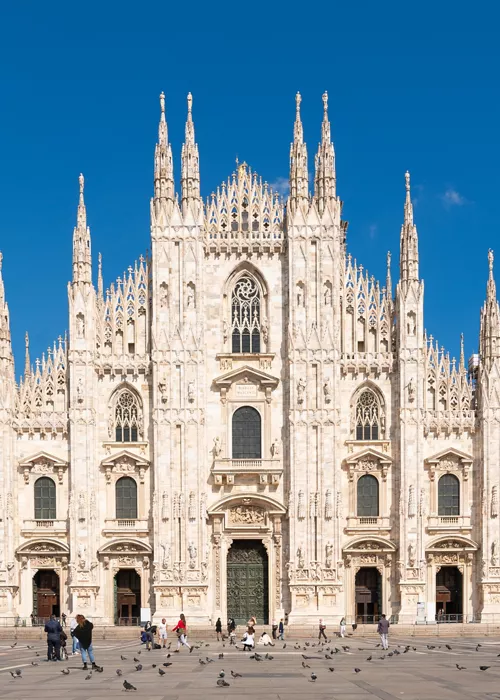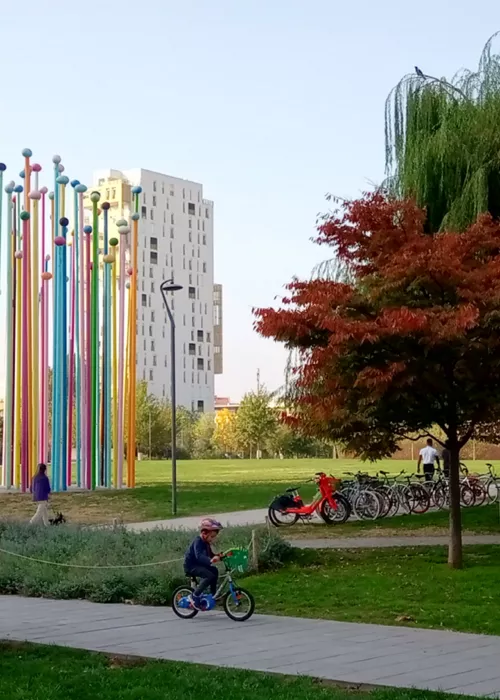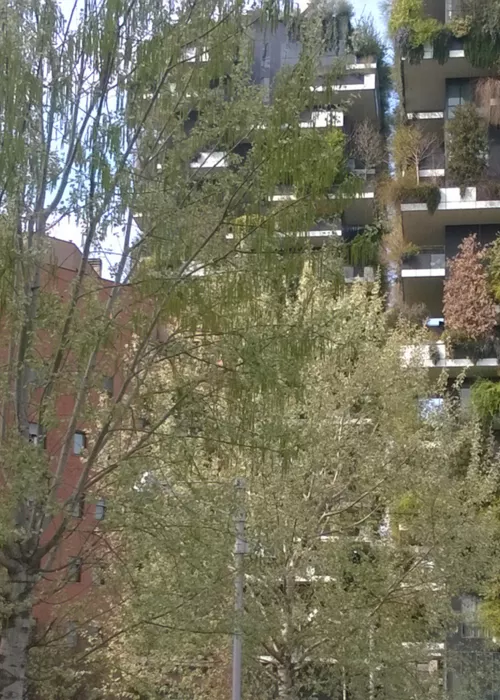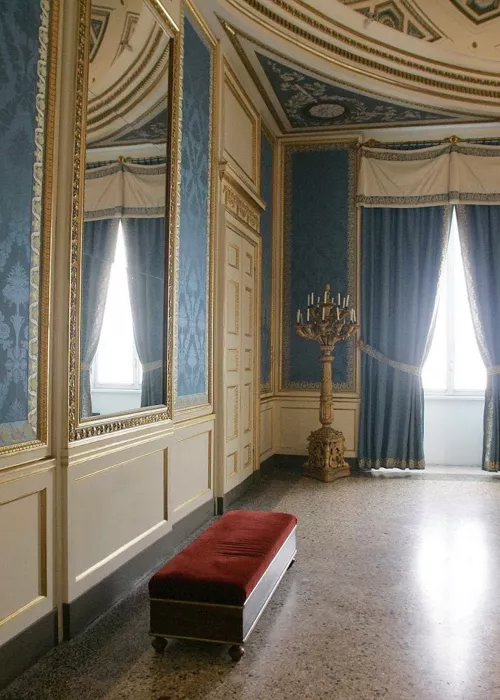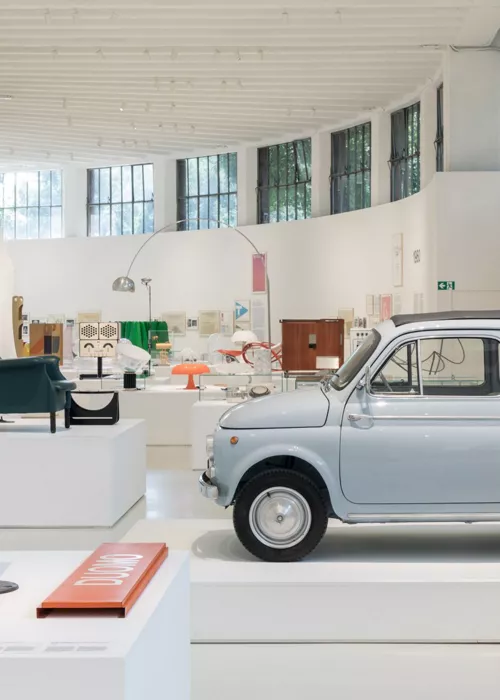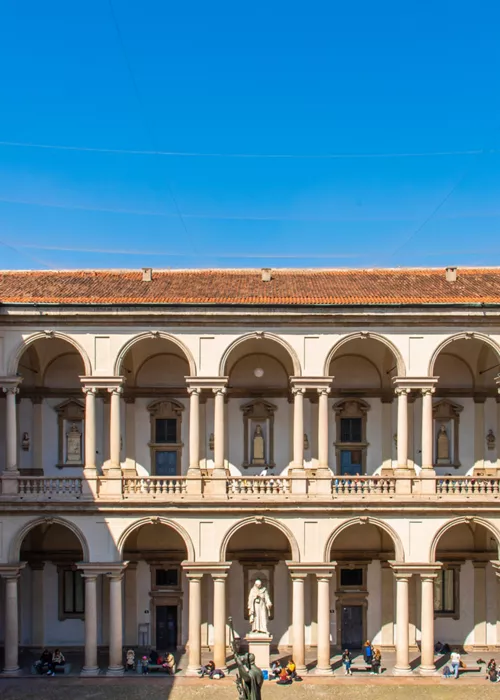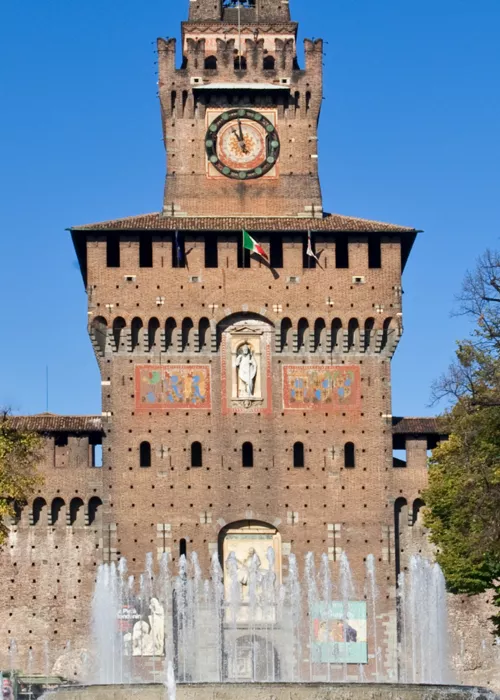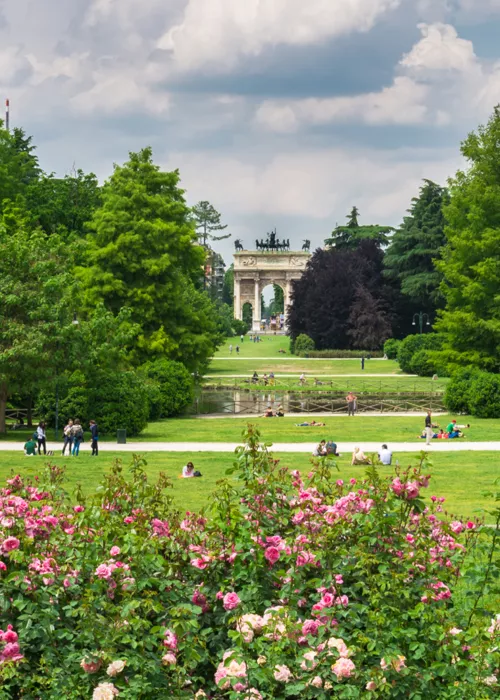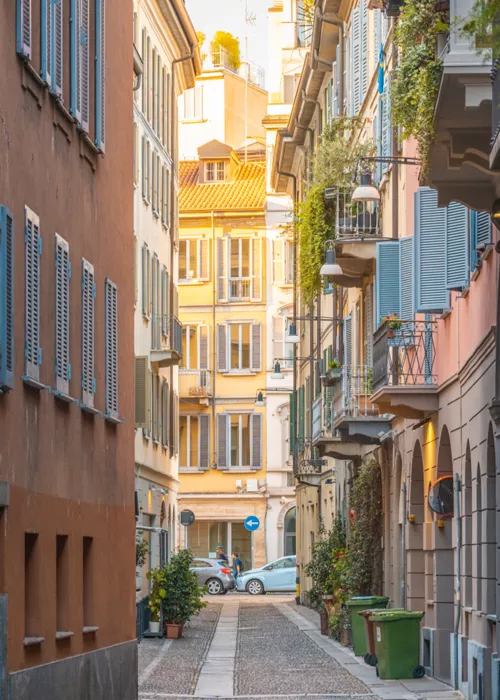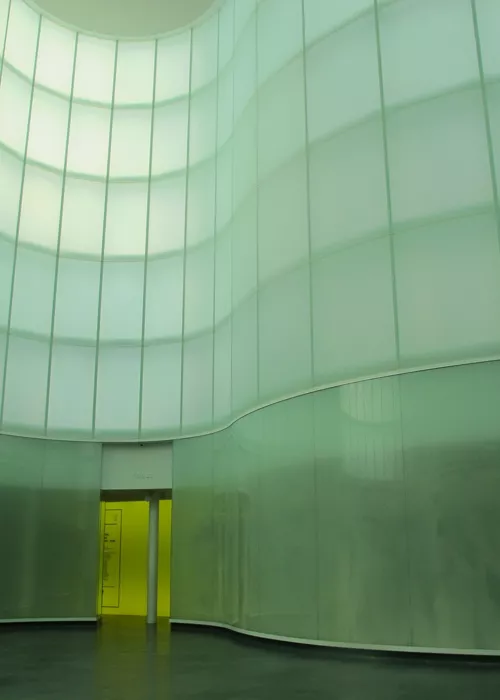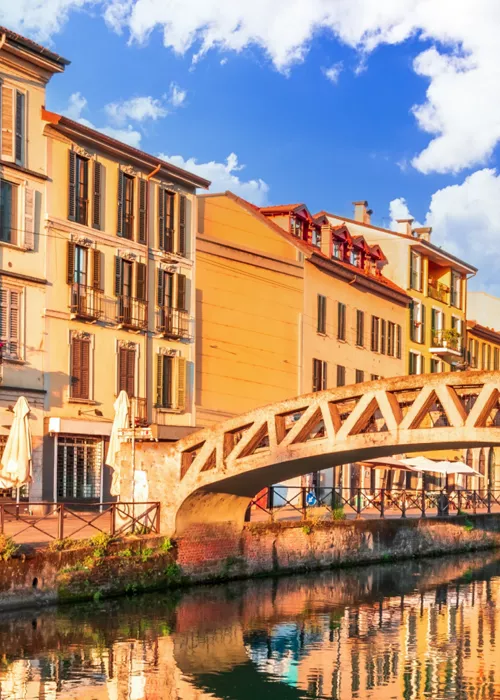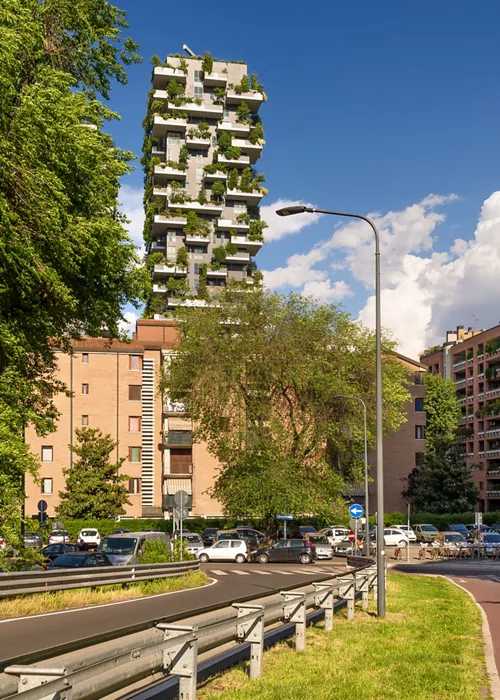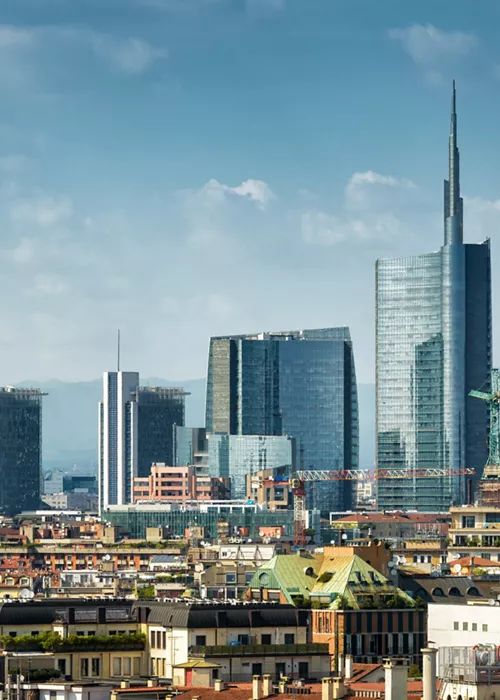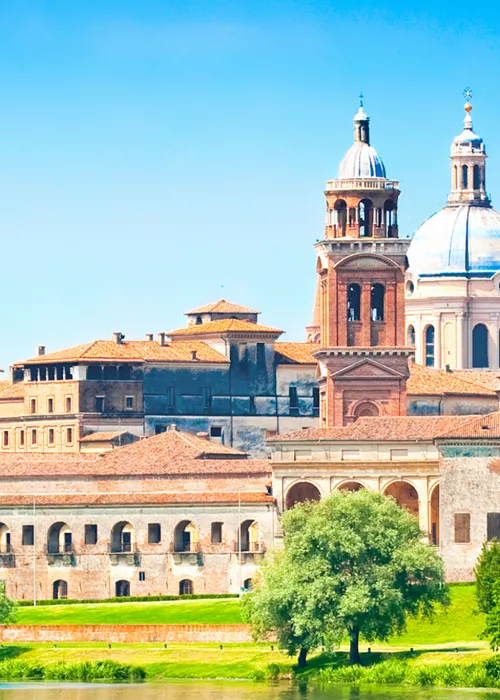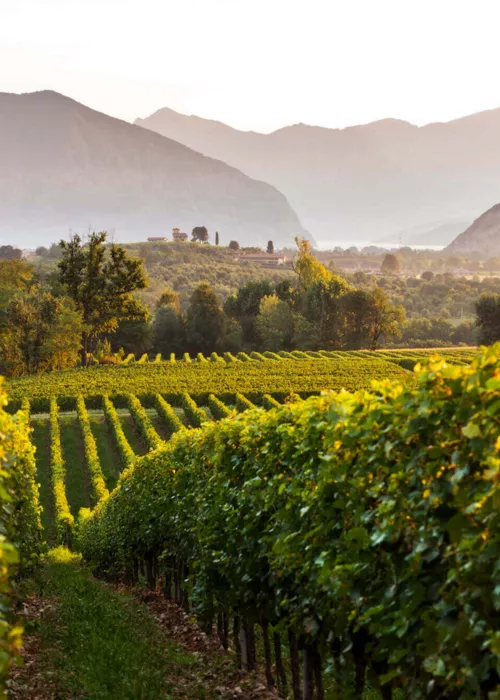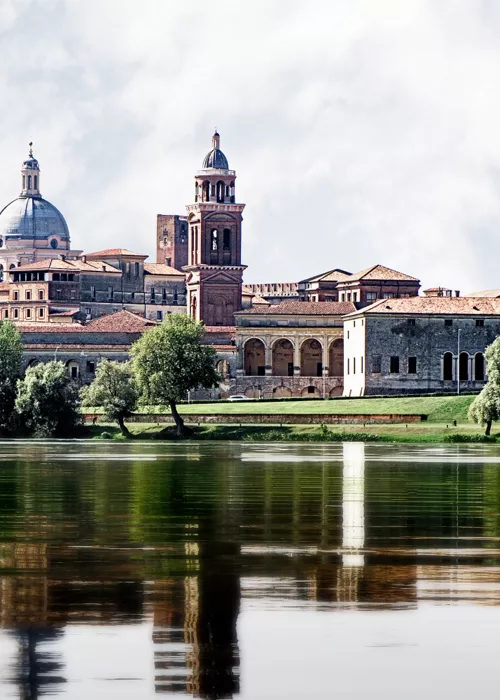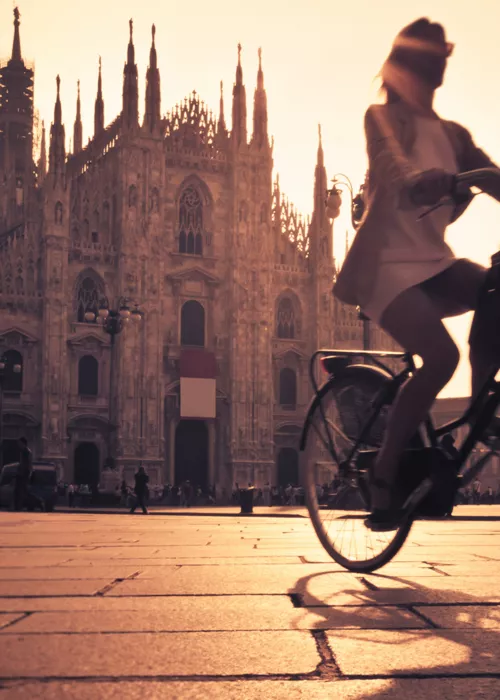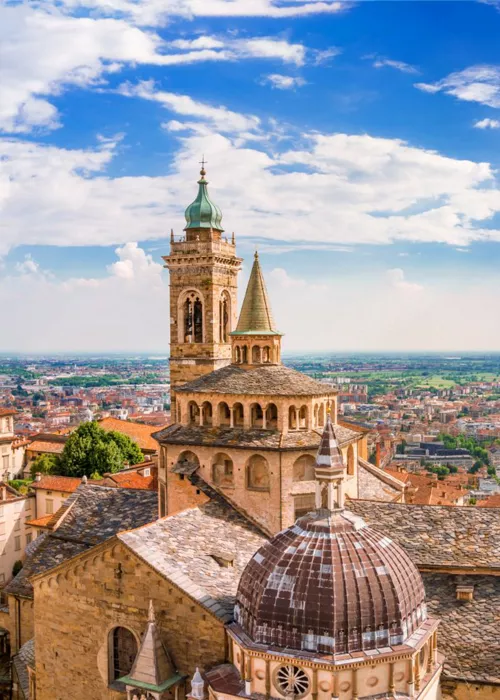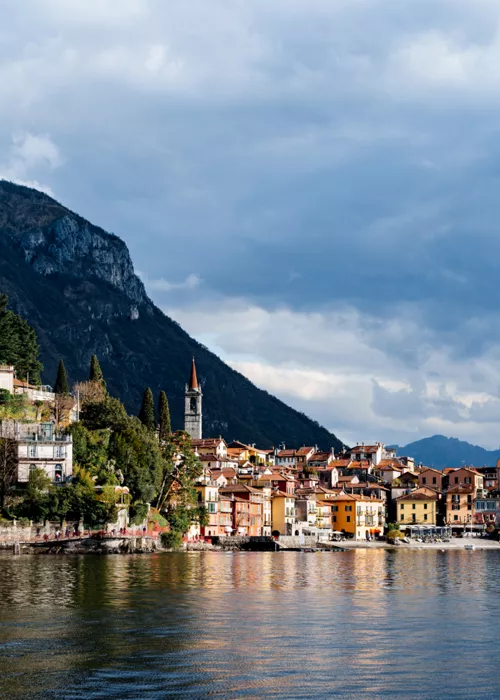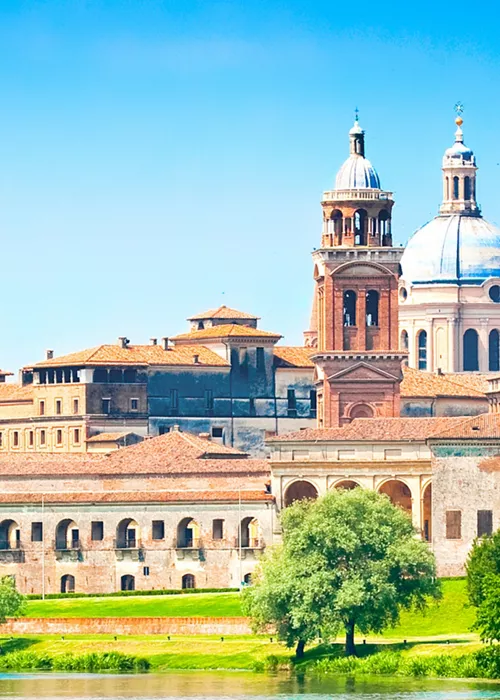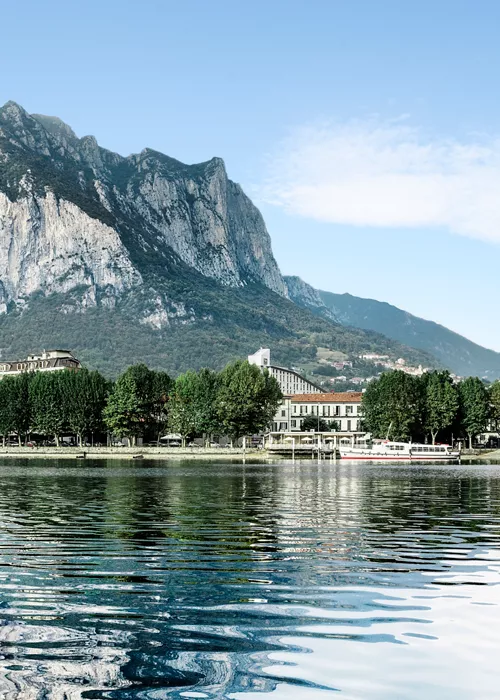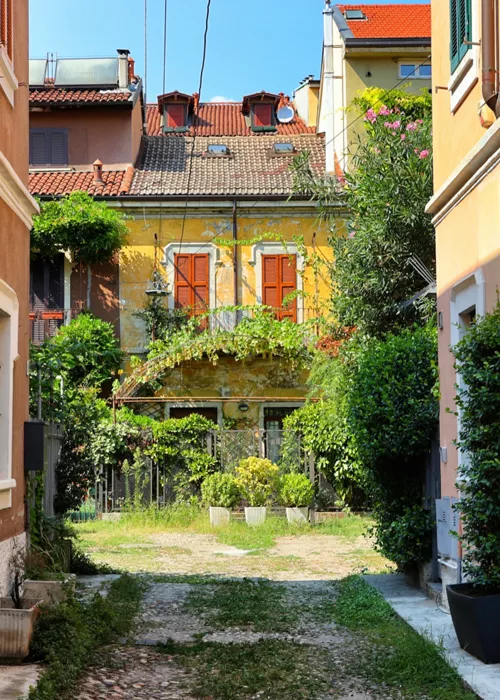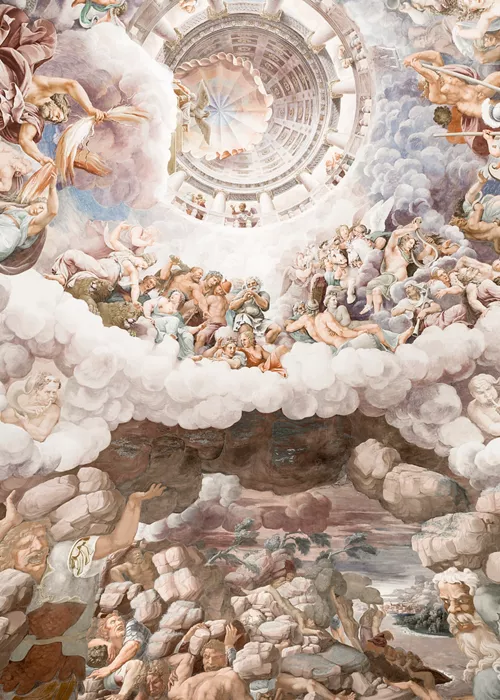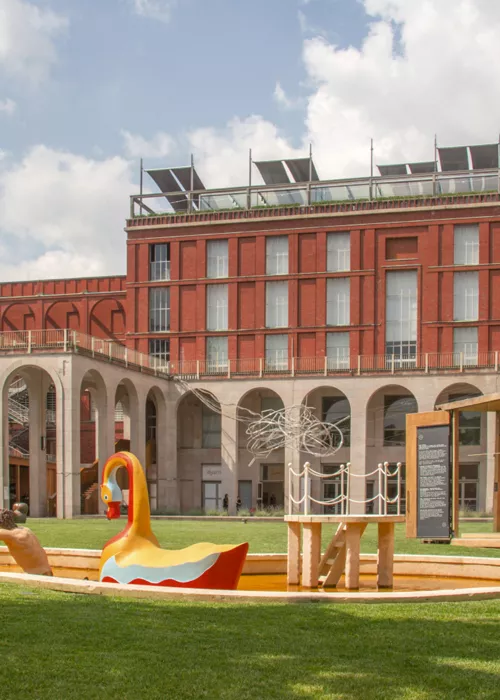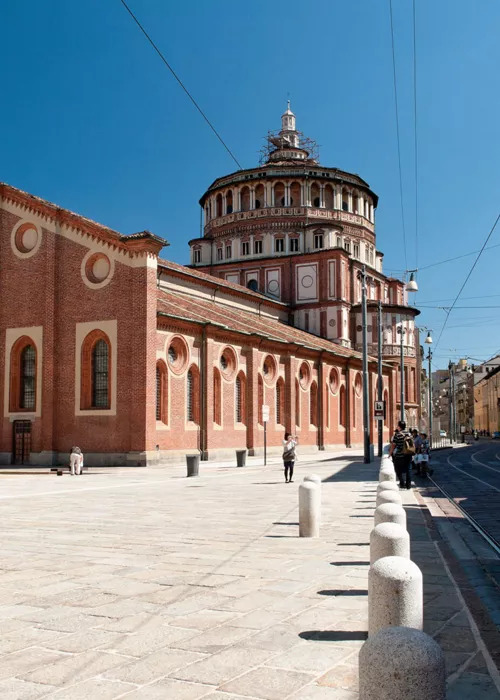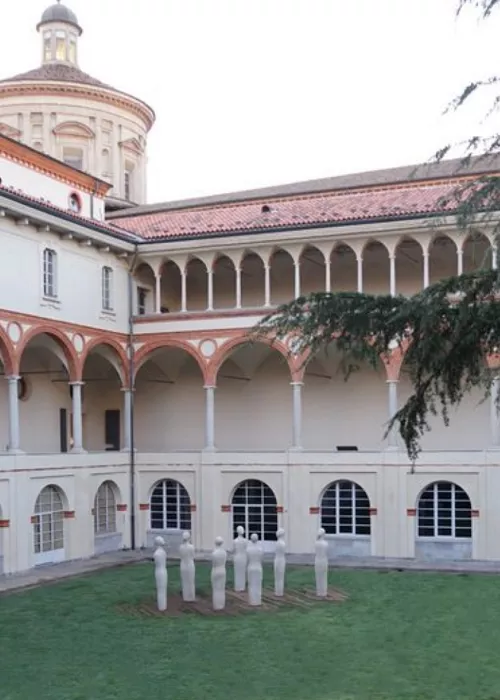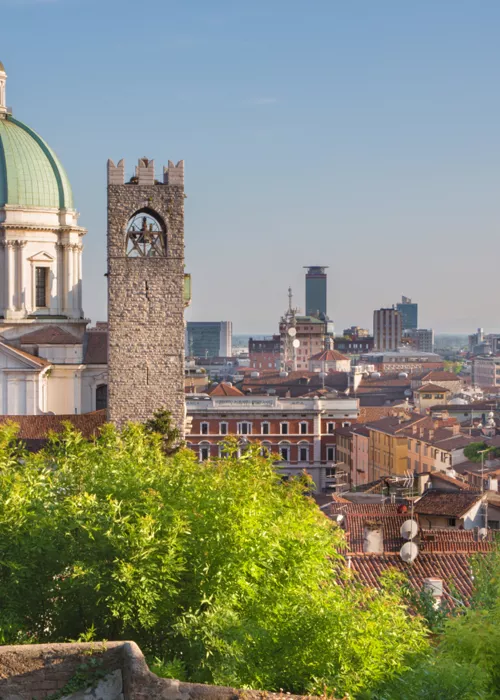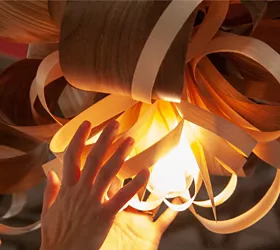Milano: molto più della capitale della moda
5 minuti
A Milano si lavora, si corre e si fanno gli aperitivi, ma non cadete nel tranello di credere che sia tutto qui. Il capoluogo lombardo vanta importante patrimonio artistico, ospita il prestigioso Teatro alla Scala e un suggestivo skyline punteggiato di grattacieli. Non solo.
Metropoli cosmopolita e dal respiro europeo, Milano è considerata una delle capitali mondiali della moda e del design, portatrice di nuovi stimoli e tendenze. È anche un polo finanziario strategico a livello internazionale, tanto che qui ha sede la Borsa Italiana. Il capoluogo lombardo è da sempre meta di shopping, che si concentra in particolare nel celebre Quadrilatero della Moda.
Da non dimenticare la ristorazione di alto livello, tra tradizione e fusion; e l'ampia proposta culturale della città che va dalle mostre agli spettacoli dal vivo, preceduti rigorosamente dal momento aperitivo.
Storia e curiosità su Milano
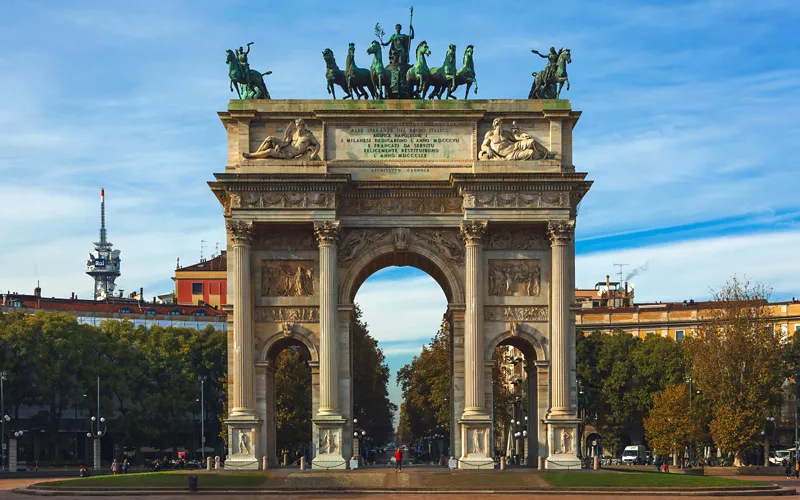
Fondata intorno al 590 a.C. da una tribù celtica del gruppo degli Insubri al centro della pianura padana, l’antica Mediolanum ha sempre avuto un ruolo centrale nel mondo politico e culturale italiano. Seconda città d’Italia per numero di abitanti, Milano fu capitale dell'Impero romano d'Occidente dal 286 d.C. al 402 d.C. . Durante il Sacro Romano Impero, l’importanza della città crebbe tanto da evolversi in libero comune segnando così anche la storia della Lombardia e il destino della Penisola.
Una storia tortuosa e travagliata ma che ha visto Milano crescere come centro nevralgico svolgendo un ruolo strategico fondamentale. Simbolo della Resistenza, nel secondo dopoguerra e in particolare negli anni 50, Milano divenne il motore della ricostruzione italiana, sia dal punto di vista industriale-economico che culturale.
Cosa vedere a Milano in 11 tappe
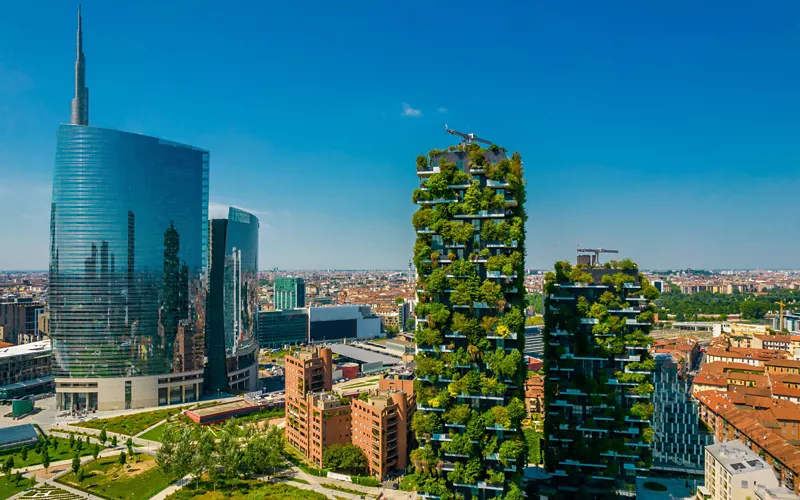
La prima cosa da fare arrivati in città è andare in centro per visitare il suo monumento simbolo: il Duomo, con le sue maestose guglie che toccano il cielo e in cima la Madonnina che veglia sulla città. Meraviglioso esempio di arte e architettura gotica, è la chiesa più grande d'Italia.
Duomo a parte, ci sono tante altre cose da vedere nel capoluogo lombardo. Procediamo per argomenti.
- Milano e la modernità
Il capoluogo lombardo troviamo dei veri gioielli dell'architettura contemporanea come la futuristica CityLife (firmata dagli architetti Arata Isozaki, Daniel Libeskind e Zaha Hadid) con le sue Tre Torri oppure il Bosco Verticale, due palazzi ad alto tasso di green frutto di un ambizioso progetto di riforestazione metropolitana firmato da Boeri Studio. Da non dimenticare Piazza Affari, davanti alla quale domina Love, la provocatoria opera di Maurizio Cattelan.
- Milano e l'arte
L'offerta artistica della città è piuttosto alta, come dimostrano i calendari delle mostre organizzate ogni mese da Palazzo Reale, come dalla Triennale di Milano, che rappresentano un motivo ulteriore di attrazione turistica. Lo stesso vale per la Pinacoteca di Brera, con il suo ricco percorso espositivo che va dall'arte preistorica a quella contemporanea e ovviamente per il Castello Sforzesco (uno dei più grandi castelli d'Europa), che ospita nel suo complesso vari musei e opere come la Pietà Rondanini di Michelangelo.
- Milano e le passeggiate
Dopo aver visitato il Castello Sforzesco, si può fare una passeggiata nel verde lungo il Parco Sempione, fino al maestoso Arco della Pace che è uno dei più importanti monumenti neoclassici della città. Sempre a chi ha voglia di camminare un po' suggeriamo un giro nel quartiere di Brera dove si respira un'aria bohémienne e naturalmente sui Navigli, dove convivono movida e romanticismo.
Cosa fare a Milano: 8 consigli per vivere la città
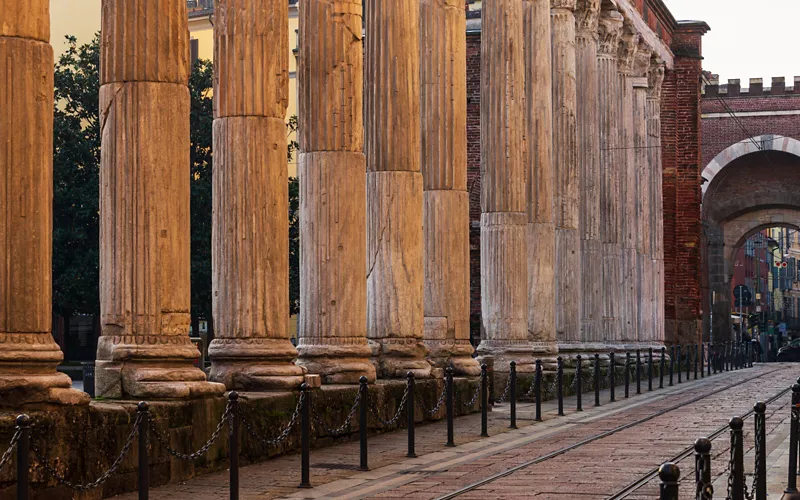
Milano è ricca di musei, dal Mudec al Museo del '900, e se foste in cerca di idee su cosa fare in città, tra mostre e collezioni permanenti c'è davvero l'imbarazzo della scelta.
In alternativa, la città ben si presta a lunghe passeggiate. E non solo sui Navigli, dove tra l'altro potete andare anche comodamente in bici.
Un aperitivo su una terrazza per ammirare lo skyline, un pomeriggio alle terme o alle Colonne di San Lorenzo vi connetteranno con l’anima mondana della città.
Se è la prima volta che siete a Milano e volete fare un giro turistico, non potete perdere quello sul tram degli anni 20 che dura 75 minuti con partenza da Piazza Castello.
Immancabile un po’ di shopping tra i negozi vintage delle Cinque Vie, dove potrete scovare una selezione di abiti originali e alla moda come in pochi altri posti al mondo.
Cosa mangiare a Milano? 5 piatti imperdibili
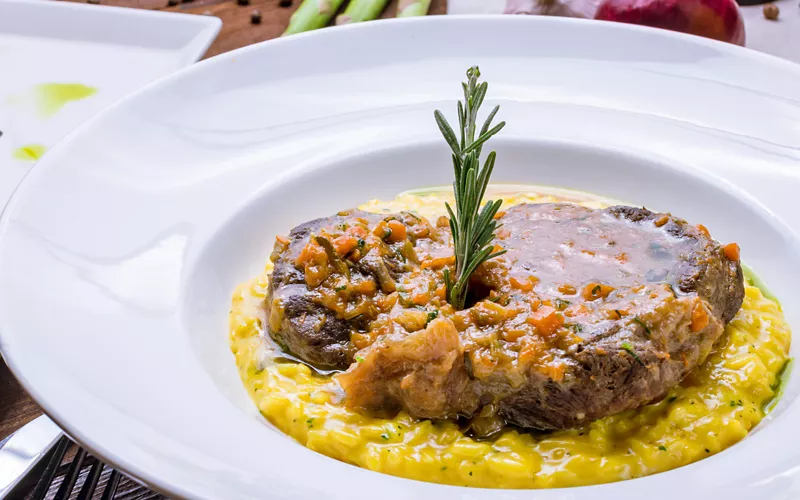
Pensate a una voglia, a Milano potrete soddisfarla. La città pullula di ristoranti e locali e scegliere cosa mangiare non sarà mai stato così difficile: dal tradizionale all’etnico, dal vegetariano alle tapas, dallo stellato alla trattoria con tovaglie bianche e rosse.
Per rendere omaggio alla tradizione culinaria lombarda, segnatevi però questi must imperdibili:
- Non si può essere stati nel capoluogo lombardo senza aver mangiato il celebre risotto alla milanese, unico con il suo colore giallo dovuto allo zafferano. La tradizione lo vuole accompagnato con l’ossobuco.
- Milano e cotoletta alla milanese viaggiano all’unisono. Con l’osso e cotta nel burro, la cotoletta la si può trovare pronta e fumante anche in alcune macellerie storiche. Entrate e chiedete, ne varrà la pena. Chi ama la carne non può poi fare a meno di assaggiare i mondeghili, gustose polpette a base di manzo e la cassoeula, a base di maiale e verdure.
8 luoghi insoliti di Milano da scoprire
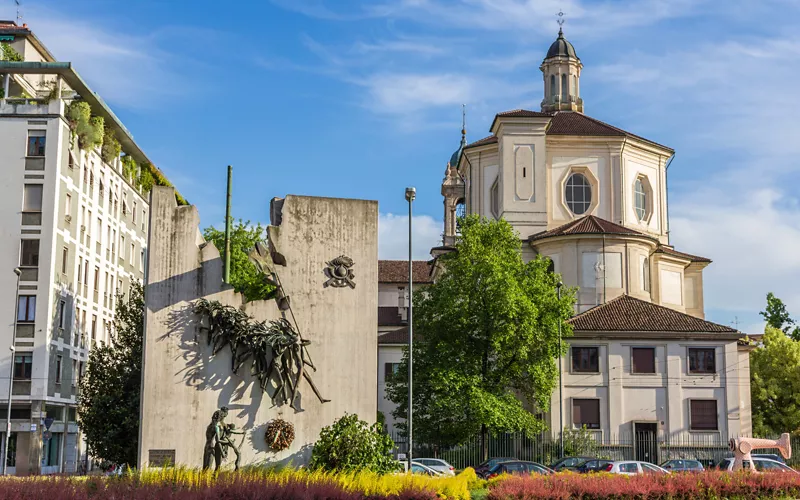
Non solo di location iconiche è fatta Milano, ma anche di luoghi insoliti. In cima alla lista c'è San Bernardino alle Ossa (in piazza Santo Stefano), chiesa che prende il suo nome dalla decorazione delle pareti dell'ossario (ricoperte per l'appunto da ossa). Se cercate qualcosa di meno tetro, passate per i giardini Villa Invernizzi (zona Palestro) dove vive una colonia di fenicotteri rosa.
Delle zone della città da scoprire sono anche Viale Majno dove c'è un palazzo totalmente rivestito dal verde, che cambia in base alle stagioni, il Quartiere Isola e Via Tortona. Delizioso è il Giardino della Guastalla con le sue statue nei pressi dell'Università Statale, per non parlare della suggestiva Colonna del Diavolo in Piazza Sant'Ambrogio.

